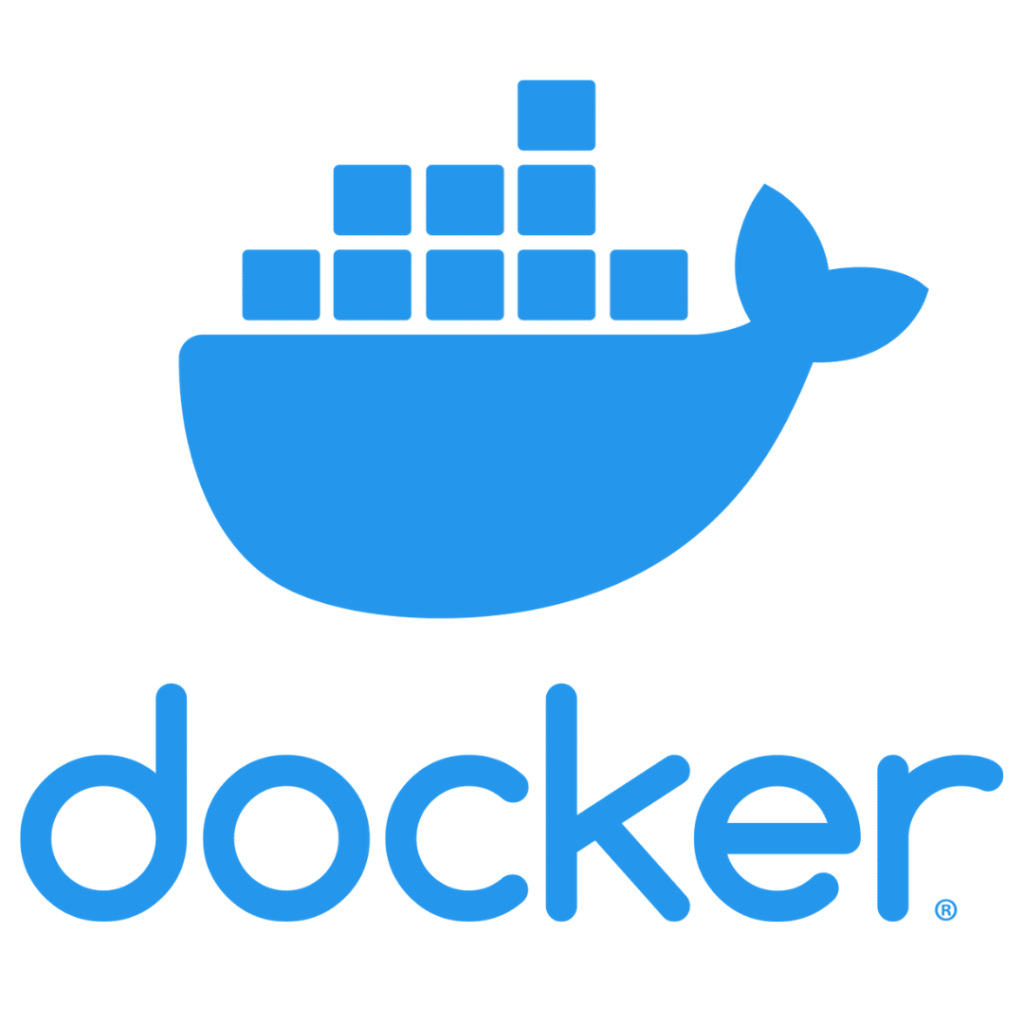Here is a quick introduction to running Apache in a Docker container and using the a2enmod command. Our Docker Support team is here to help you with your questions and concerns.
Apache Docker a2enmod – An Introduction
Apache is a popular and reliable web server software for running web applications. With more developers moving towards containerization and adopting Docker, running Apache in a Docker container is no longer a surprise.

Docker makes it easier to create and deploy applications in a portable way. Furthermore, managing and scaling infrastructure has become easier.
Today. we are going to take a look at how to run Apache in a container by dockerizing Apache and enabling specific modules.
To begin with, we have to create a Dockerfile that specifies the image we want to use. Additionally, it has to include configuration options or packages we require. This is done with the RUN command to install Apache and any required packages in the Dockerfile.
Once Apache is up and running, we have to enable specific modules that offer additional functionality. This is where the a2enmod command comes in handy.
We can enable the modules we need by creating symbolic links between the /etc/apache2/mods-available and /etc/apache2/mods-enabled directories.
In order to use a2enmod in a Docker container, we have to include it in the Dockerfile with the RUN command. For instance, to enable the rewrite and ssl modules, we have to include these lines in Dockerfile:
RUN a2enmod rewrite RUN a2enmod sslThis will result in the necessary symbolic links in the Apache configuration, thereby enabling the modules when the container starts.
When the Dockerfile is ready, we can build the image with the docker build command. After that, we have to run the container via the docker run command.
The -p option is responsible for mapping the container’s ports to the host machine’s ports, enabling us to access the web server from our browser.
Dockerizing Apache allows us to easily manage as well as deploy our web application across different environments. Furthermore. it makes it easier to scale and upgrade our infrastructure. Finally, it also offers a more secure environment for our application, since the containerized Apache server is isolated from the host machine.
[Need assistance with a different issue? Our team is available 24/7.]
Conclusion
In conclusion, running Apache in a Docker container is a simple and effective way to manage our web application infrastructure. Our Support Techs also demonstrated how the a2enmod comes in handy while running Apache in a Docker container.
PREVENT YOUR SERVER FROM CRASHING!
Never again lose customers to poor server speed! Let us help you.
Our server experts will monitor & maintain your server 24/7 so that it remains lightning fast and secure.







I appreciate your information, but it does not help me. I need to understand how to use RUN a2enmod in a Dockerfile to create the image at the outset. Do you have any direction in that regard?
Hello Randy,
Please Contact our Customer support via Chat for further Support.
Regards Liya